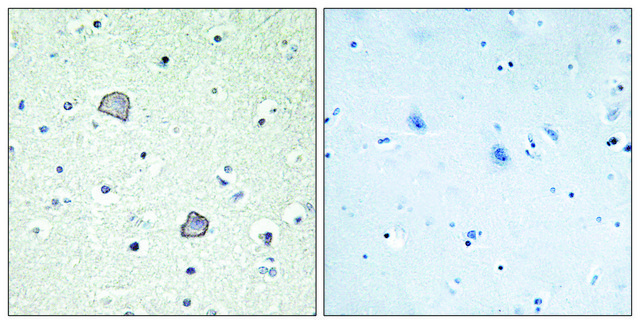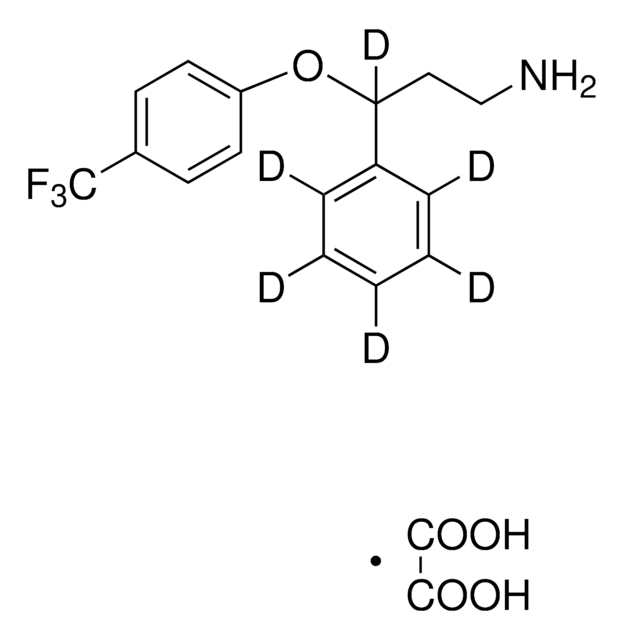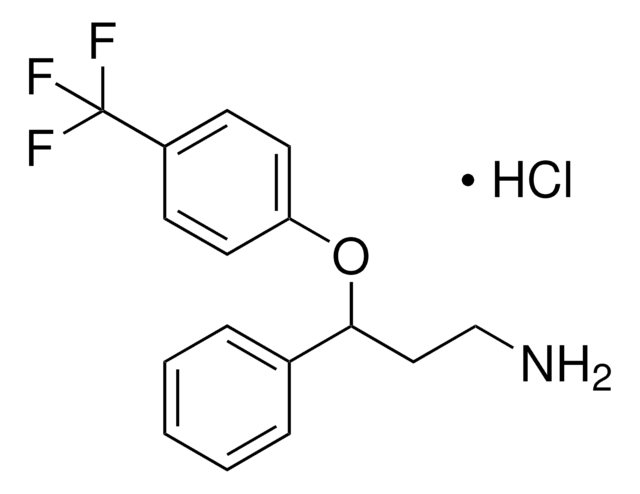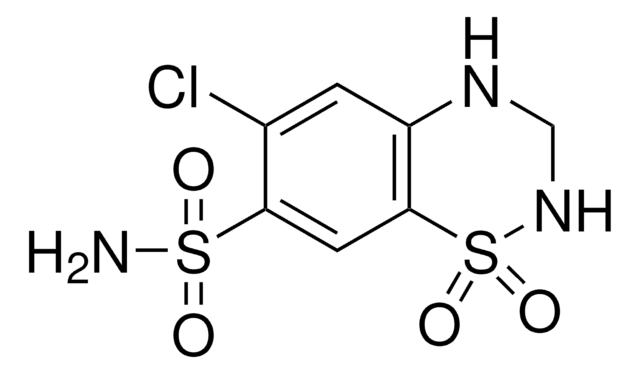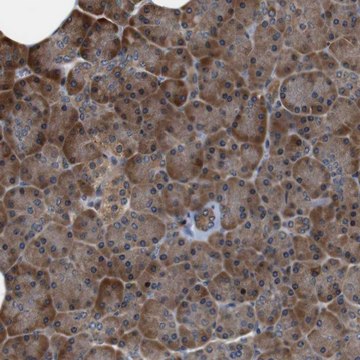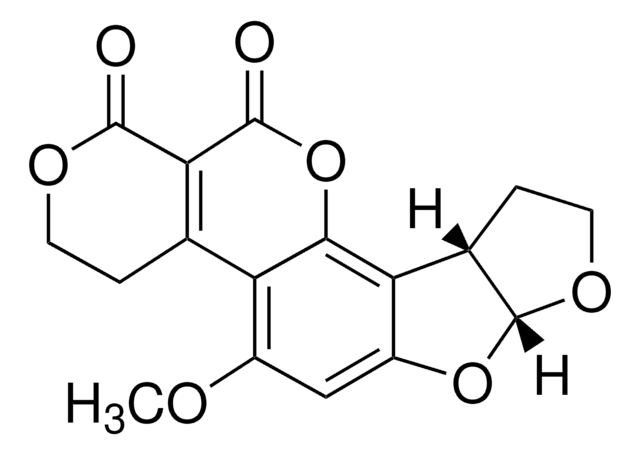E5017
Anti-LPA1, C-Terminal antibody produced in rabbit
IgG fraction of antiserum, buffered aqueous solution
Synonym(s):
Anti-EDG-2, Anti-Endothelial Cell Differentiation Gene 2
Sign Into View Organizational & Contract Pricing
All Photos(1)
About This Item
Recommended Products
biological source
rabbit
Quality Level
conjugate
unconjugated
antibody form
IgG fraction of antiserum
antibody product type
primary antibodies
clone
polyclonal
form
buffered aqueous solution
mol wt
antigen ~50 kDa
species reactivity
human, rat
technique(s)
western blot: suitable
UniProt accession no.
shipped in
dry ice
storage temp.
−20°C
target post-translational modification
unmodified
Gene Information
human ... LPAR1(1902)
rat ... Lpar1(116744)
Immunogen
synthetic peptide corresponding to amino acids 328-344 of human EDG-2/LPA1.
Application
Anti-LPA1, C-Terminal antibody produced in rabbit is suitable for western blotting at a working dilution of 1:1000 using rat brain microsomal fraction.
Biochem/physiol Actions
Lysophosphatidic acid receptor 1 (LPA1) is a protein encoded by the LPAR1 gene in humans. It is constitutively localized in the nucleus of mammalian cells and may be involved in regulating intranuclear protein phosphorylation and signalling. LPA1 is differentially expressed in androgen-insensitive and LPA-responsive cells. It is not expressed in androgen-dependent and LPA-resistant cells.Its expression is significantly higher in the cancer compared with the benign tissues and may possibly act as a drug target to interfere with progression of prostate cancer. LPA1 helps in promoting cell proliferation, survival and migration by acting on cognate G protein-coupled receptors.
Physical form
Solution in PBS with 0.08% sodium azide
Disclaimer
Unless otherwise stated in our catalog or other company documentation accompanying the product(s), our products are intended for research use only and are not to be used for any other purpose, which includes but is not limited to, unauthorized commercial uses, in vitro diagnostic uses, ex vivo or in vivo therapeutic uses or any type of consumption or application to humans or animals.
Not finding the right product?
Try our Product Selector Tool.
Storage Class Code
10 - Combustible liquids
Regulatory Information
新产品
Choose from one of the most recent versions:
Already Own This Product?
Find documentation for the products that you have recently purchased in the Document Library.
Catherine M Waters et al.
The Biochemical journal, 398(1), 55-62 (2006-05-24)
We show that LPA1 (lysophosphatidic acid receptor-1) is constitutively localized in the nucleus of mammalian cells. LPA1 also traffics from cell membranes to the nucleus in response to LPA (lysophosphatidic acid). Several lines of evidence suggest an important role for
Rishu Guo et al.
Endocrinology, 147(10), 4883-4892 (2006-07-01)
The bioactive phospholipid lysophosphatidic acid (LPA) promotes cell proliferation, survival, and migration by acting on cognate G protein-coupled receptors named LPA(1), LPA(2), and LPA(3). We profiled gene expression of LPA receptors in androgen-dependent and androgen-insensitive prostate cancer cells and found
Our team of scientists has experience in all areas of research including Life Science, Material Science, Chemical Synthesis, Chromatography, Analytical and many others.
Contact Technical Service